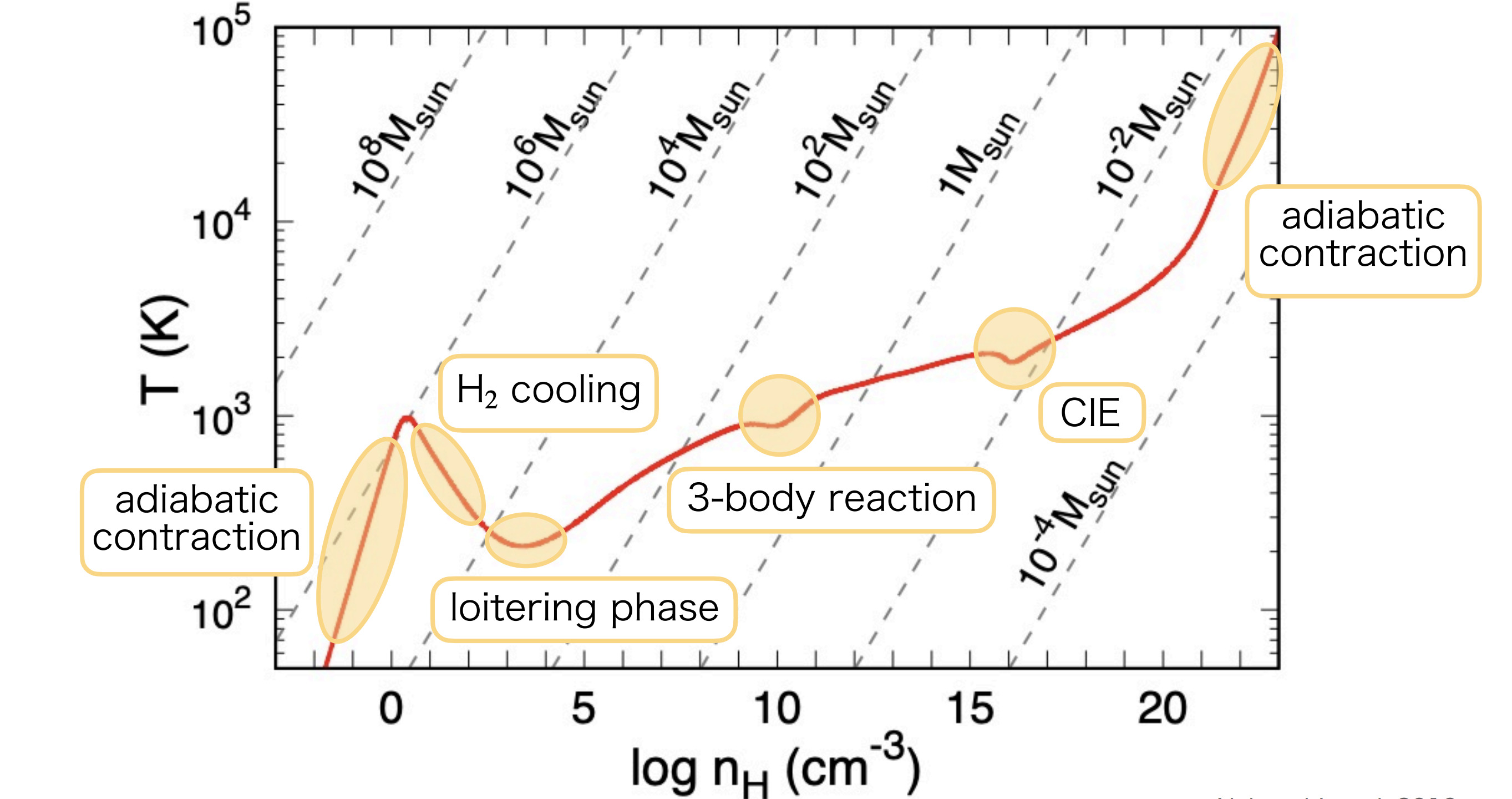つくば宇宙理論コロキウム
第50回
IMF transition across various environments in the early universe
伊藤 茉那
東北大学
要旨
We study the thermal evolution of star-forming clouds in the primordial halos at $z>100$, considering the effect of the cosmic microwave background (CMB). The CMB inhibits the formation of H2 via the photodissociation of H-, resulting in a higher temperature than in the standard evolution of the first stars at $z<100$. At $z>500$, the cloud evolves almost isothermally at high temperature, and supermassive stars ($\sim 10^5 M_\odot$) are formed by direct collapse.




 Ja En
Ja En